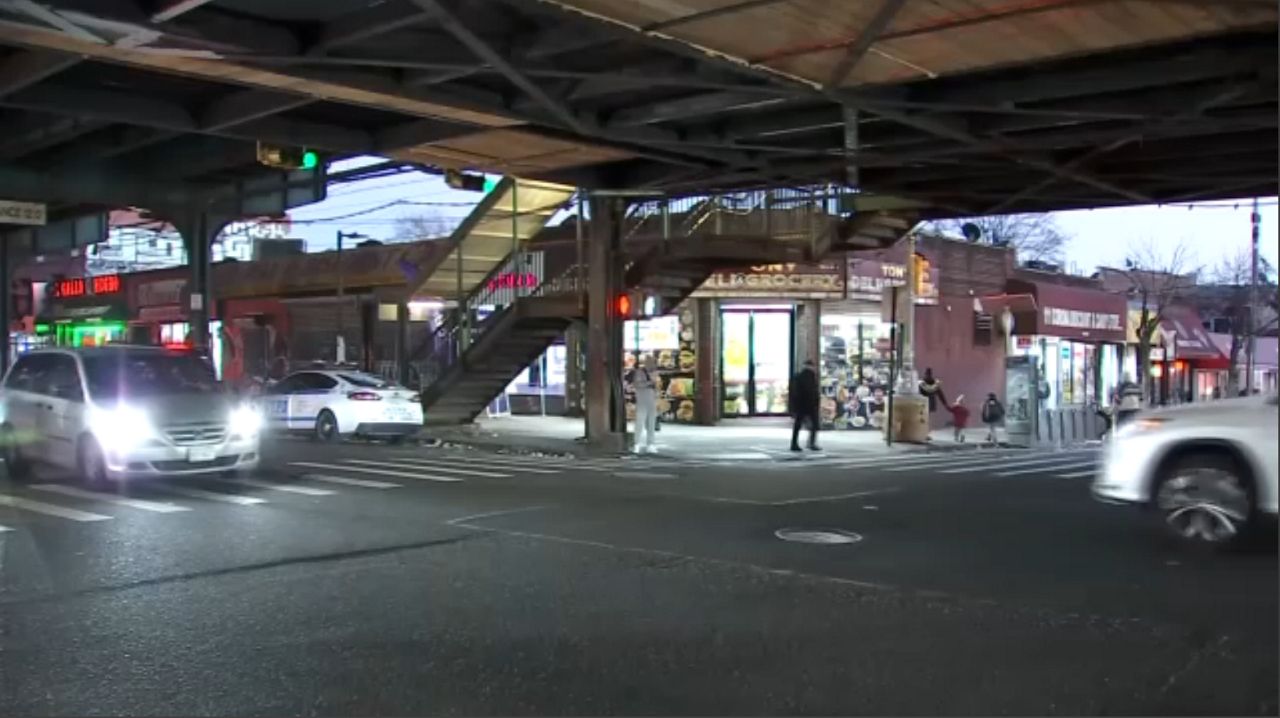“Yes, there are always accidents around here. Here, below, in the park, on the corners, always,†said Corona resident Julio Vera.
This year marks a decade since the Department of Transportation adopted the Vision Zero campaign, whose goal is to reduce traffic deaths in New York to zero.
An analysis by nonprofit Transportation Alternatives confirms that the program is effective – making streets safer for pedestrians and cyclists by redesigning roads, reducing speed limits, and the installation of more than 2,000 road safety cameras.
Figures show that traffic deaths have fallen by 16% since the program was implemented, a difference of at least 450 lives.
Despite this, the data reveals disparities:
While communities with more white populations and greater purchasing power have safer streets, low-income communities and communities of color suffer an increase in traffic violence.
“In those places like Corona, parts of Queens or Brooklyn or The Bronx, we are still seeing that there is an increase in certain fatalities and how in Latino communities that has increased 30%. In certain communities. That’s not fair,” said Juan Restrepo, of Transportation Alternatives.
And the organization says New York’s cycling infrastructure has not kept pace with the increase in bicycle use and nearly 100% of cyclists killed during the first decade of Vision Zero occurred on streets with no infrastructure to protect cyclists.
“2023 was the most dangerous year to use a bike especially during Vision Zero. And that indicates that we still have changes that we have to make to improve the streets,†Restrepo added.
And here in Corona, the greatest increase in fatalities due to road accidents has been seen, at 125% per 10 thousand residents. The other affected communities include Flatbush in Brooklyn and Morningside Heights in Manhattan.
“Sometimes when you want to pass, they don’t let you pass, they don’t give you permission to pass, or there are always arguments about anything related to traffic,” said Milixa Caceda.
“Sometimes the drivers too, many of the drivers are to blame,†Vera added.
The Department of Transportation noted: “Our commitment to equity influences where we prioritize our work, weighing neighborhood race and income, density, and the history of past projects.”
And Transportation Alternatives reiterates that the program does work, but that to reach zero deaths it must be implemented effectively in all neighborhoods of the city.
2024-02-07 17:47:00
#years #passed #implementation #Vision


